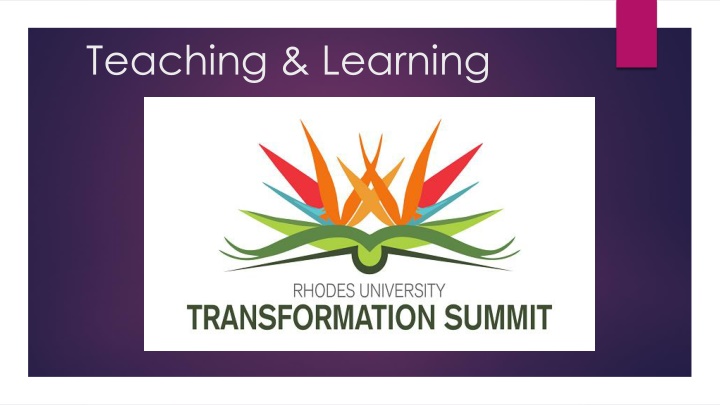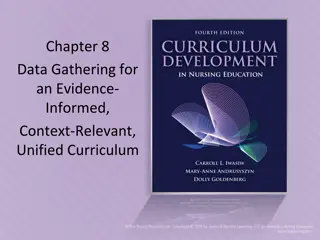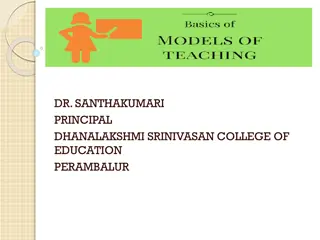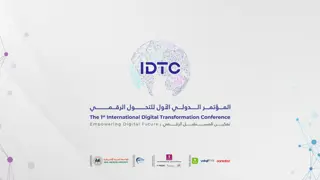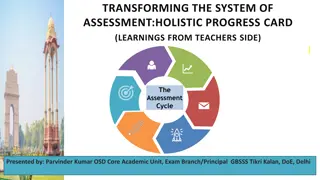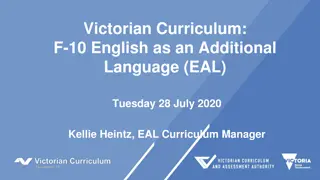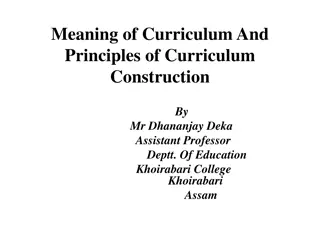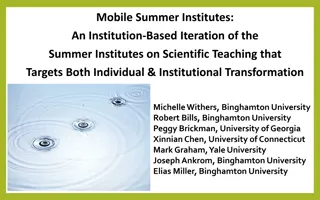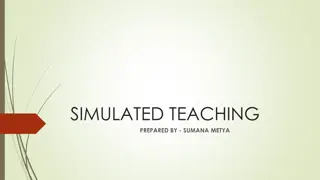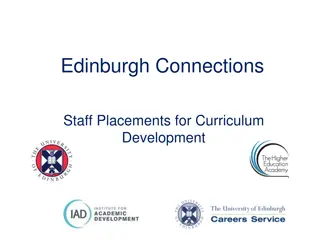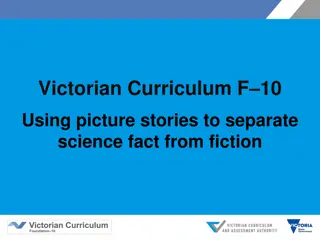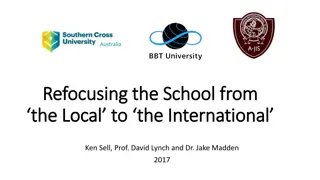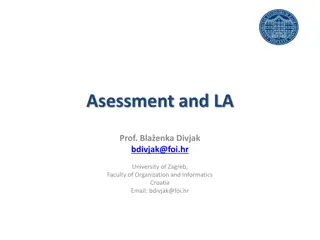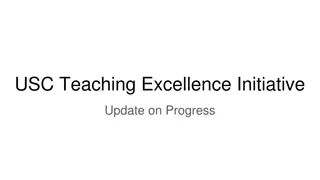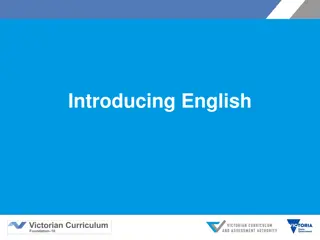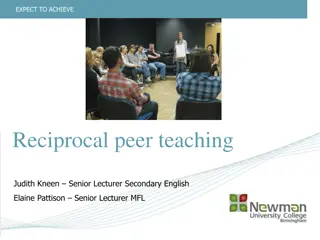Enhancing Teaching and Learning Through Curriculum Transformation
Explore the concept of transformed curriculum adaptive to changing student demographics and pedagogy, focusing on the importance of student feedback, multilingualism, and relevance to African context. Discover how student input bridges the gap between teacher and learner experiences for effective teaching and learning practices.
Download Presentation

Please find below an Image/Link to download the presentation.
The content on the website is provided AS IS for your information and personal use only. It may not be sold, licensed, or shared on other websites without obtaining consent from the author.If you encounter any issues during the download, it is possible that the publisher has removed the file from their server.
You are allowed to download the files provided on this website for personal or commercial use, subject to the condition that they are used lawfully. All files are the property of their respective owners.
The content on the website is provided AS IS for your information and personal use only. It may not be sold, licensed, or shared on other websites without obtaining consent from the author.
E N D
Presentation Transcript
Contextual Background Date Theme Chair Panel members 16 March 1-2pm Income & Financial Management; Sustainability Anathi Mbalula Geoff Erasmus Karen Ellery Sally Matthews Jen Snowball [online survey] Tracey Chambers 20 March 1-2pm Visual Culture & Rituals; Institutional Identity Sisonke Mawonga Sikhumbuzo Makandula Chris Morris Shuaib Rahim 23 March 1-2pm Staff Shabnam Shaik Dee Mohoto Minesh Dass 27 March 1-2pm Governance Corinne Knowles [Facebook conversation] 2 May 6:30-8pm Students; Curriculum Sanele Ntshingana Jo-Anne Vorster Jen Snowball Nwahara Nnamdi Sharli Paphitis
Transformation Context: What is a transformed curriculum? Adaptive to the changing socio-demographics of the student body: takes into account the multiple ways students learn (transformed pedagogy); Can be radical (whole curriculum overhaul), or incremental (smaller changes over time); Majority of sources from the global south, rather than the global north; Takes into account our African context in designing the course (which includes content, assessment and applications and examples); Recognises the importance of multilingualism in T&L Connected to the lived experience of students, and offers opportunities for application to bridge the gap between students lived experience and what they encounter in the classroom.
Students and Curriculum A questionnaire (on course evaluations) was sent out to academic staff: How do they collect feedback from students? What do they do with the feedback? What is the relationship between transformation of T&L at RU and student feedback? Different themes that emerged from the survey Student feedback is important to accommodate a diverse student body Student input offers lecturers a better insight to course modules and lecturer teaching style It is critical for responding to the changing student body needs and new interests Allows an understanding between teacher and students when used effectively
Students, Curriculum Suggestions around translation services: What does this mean? Use of educational technology The importance of the implementation of policies (teaching and learning) The Policy on the evaluation of teaching & courses needs to be more rigorously enforced (deans, HoDs, peers).
Visual Culture and Institutional Identity Importance of institutional culture and its influence on T&L Shifting an institutional culture in which teaching and learning takes place: Inclusion of history of RU in institutional rituals such as O-week This gives a context for students who enter the university in first year to understand the spatial history or the shape of the town/university
Staff, Sustainability Career path: The value of teaching within the institution Recognition and its value for university s sustainability Recognise teaching in the process of promotion Like how the policies emphasize on that Again: Policy vs implementation
Enkosi THANK YOU
